Home>Home Appliances>Kitchen Appliances>How Long To Dry Apple Slices In A Dehydrator
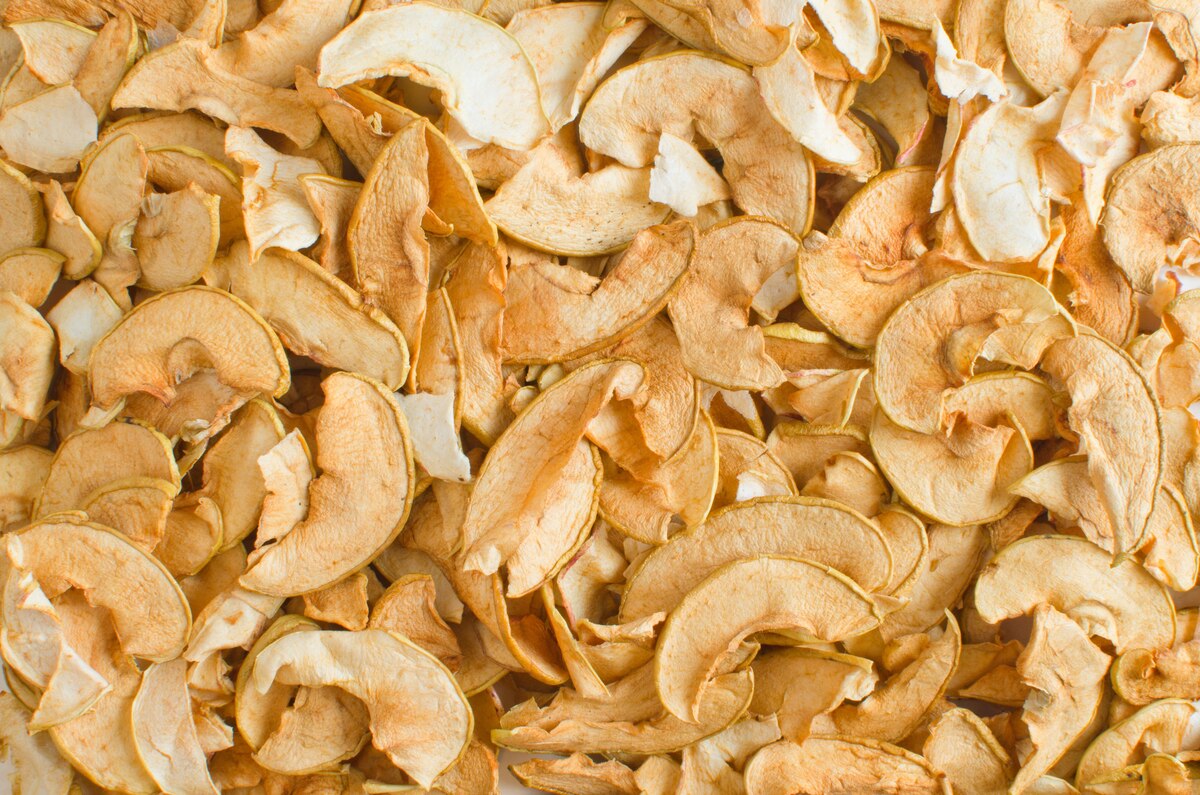

Kitchen Appliances
How Long To Dry Apple Slices In A Dehydrator
Published: January 6, 2024
Discover the perfect drying time for apple slices in a dehydrator with our expert tips. Get the best results with your kitchen appliances.
(Many of the links in this article redirect to a specific reviewed product. Your purchase of these products through affiliate links helps to generate commission for Storables.com, at no extra cost. Learn more)
Introduction
Welcome to the wonderful world of dehydrating apple slices! Whether you're a health-conscious snacker, a culinary enthusiast, or someone who simply adores the sweet and tangy taste of apples, learning how to dry apple slices in a dehydrator is a delightful and rewarding experience. Not only does it provide a scrumptious snack option, but it also allows you to savor the flavors of apples year-round, preserving their natural goodness without any added sugars or preservatives.
Drying apple slices is an excellent way to capture the essence of this beloved fruit in a convenient, portable form. The process of dehydrating apple slices not only intensifies their flavor but also concentrates their natural sweetness, resulting in a chewy, satisfying treat that can be enjoyed on its own or used in an array of culinary creations. From adding a delightful crunch to salads and oatmeal to being a flavorful component in homemade trail mix, dried apple slices are incredibly versatile.
In this comprehensive guide, we will explore the step-by-step process of drying apple slices in a dehydrator. We'll start by discussing the importance of choosing the right apples for dehydrating, followed by the essential steps of preparing the apples for drying. We'll then delve into the specifics of the drying process, including optimal temperature and duration. Additionally, we'll cover how to check for dryness and the best methods for storing your delectable dried apple slices. By the end of this guide, you'll be well-equipped to embark on your own apple-drying adventure and enjoy the delightful rewards it brings.
So, grab your apron and let's dive into the art of transforming fresh, juicy apples into delicious, chewy delights that you can enjoy anytime, anywhere. Get ready to savor the aroma of apples wafting through your kitchen as we embark on this delightful journey together!
Key Takeaways:
- Enjoy chewy, flavorful apple slices year-round by dehydrating them in a dehydrator. Choose the right apples, prepare them meticulously, and monitor the drying process for delicious results.
- Transform fresh apple slices into delightful, chewy treats perfect for snacking or culinary creations. Store them properly to maintain their exceptional flavor and texture over time.
Read more: How Long To Dry Thyme In A Dehydrator
Choosing the Right Apples
When it comes to dehydrating apple slices, selecting the right variety of apples is crucial for achieving the best results. Different apple varieties offer distinct flavors, textures, and levels of sweetness, all of which can impact the final outcome of your dried apple slices. Here are some popular apple varieties that are well-suited for dehydrating:
- Gala Apples: Known for their mild, sweet flavor and crisp texture, Gala apples are a popular choice for dehydrating. They retain their sweetness well during the drying process, resulting in deliciously sweet dried apple slices.
- Honeycrisp Apples: With their exceptional juiciness and balanced sweet-tart flavor, Honeycrisp apples are a fantastic option for dehydrating. Their natural sweetness intensifies as they dry, yielding flavorful and slightly tart dried apple slices.
- Fuji Apples: Fuji apples are prized for their firm, dense flesh and sweet, refreshing taste. When dried, Fuji apples maintain their sweetness and develop a delightful chewy texture, making them a popular choice for snacking.
- Granny Smith Apples: If you prefer a tart and tangy flavor profile, Granny Smith apples are an excellent choice for dehydrating. Their tartness becomes more pronounced during the drying process, resulting in tangy and slightly sweet dried apple slices.
When selecting apples for dehydrating, opt for fresh, ripe fruits that are free from bruises and blemishes. It’s important to choose apples that are at their peak ripeness, as they will offer the best flavor and sweetness once dried. Whether you prefer a sweeter taste or a more tart flavor, there’s an apple variety to suit your preferences.
Before embarking on the dehydrating process, consider experimenting with different apple varieties to discover your favorite flavor profile for dried apple slices. Mixing and matching different types of apples can also yield delightful flavor combinations, adding an extra layer of excitement to your dehydrating endeavors.
Now that you’ve learned about the importance of selecting the right apples for dehydrating, let’s move on to the essential steps for preparing the apples before they undergo the drying process.
Preparing the Apples
Before diving into the dehydrating process, it’s essential to properly prepare the apples to ensure optimal results. The preparation phase involves several key steps that contribute to the overall quality and flavor of the dried apple slices.
Washing and Sanitizing: Begin by thoroughly washing the apples under cool, running water to remove any dirt, debris, or residual pesticides. If possible, use a produce brush to gently scrub the surface of the apples. Once cleaned, sanitize the apples by soaking them in a solution of water and food-grade produce wash for the recommended duration, typically a few minutes. Rinse the apples thoroughly to remove any traces of the sanitizing solution.
Peeling and Coring: After sanitizing the apples, peel them using a sharp vegetable peeler or a paring knife. Removing the skin is essential for achieving a uniform texture in the dried apple slices and allows for better absorption of the dehydrating heat. Once peeled, use an apple corer or a knife to remove the cores and seeds from the apples. This step is crucial for creating evenly shaped apple slices and preventing the formation of tough, fibrous areas in the dried slices.
Slicing the Apples: With the apples peeled and cored, it’s time to slice them into uniform, thin pieces. A mandoline slicer or a sharp knife can be used to achieve consistent thickness, typically around 1/4 inch. Uniform slicing ensures that the apple slices dry at an even rate, resulting in a uniform texture and appearance in the finished product.
Pre-Treatment (Optional): While not mandatory, some individuals choose to pre-treat the apple slices to prevent browning and enhance their flavor. One common method involves briefly soaking the apple slices in a solution of water and lemon juice, which helps preserve their natural color and adds a subtle tangy flavor. Alternatively, commercial fruit stabilizers can be used to achieve similar results. Pre-treating the apple slices is particularly beneficial if you plan to store them for an extended period or if you prefer the visual appeal of non-browned slices.
By meticulously following these preparation steps, you’ll set the stage for a successful dehydrating process and ensure that your dried apple slices boast exceptional flavor, texture, and visual appeal. With the apples prepared, it’s time to explore the specifics of the dehydrating process itself.
Drying Process
Now that the apples are meticulously prepared, it’s time to embark on the dehydrating process, where the magic of transforming fresh apple slices into chewy, flavorful treats begins. Dehydrators are the ideal appliance for this task, offering precise temperature control and consistent airflow to efficiently remove moisture from the apple slices while preserving their natural sweetness and flavor.
Arranging the Apple Slices: Carefully arrange the prepared apple slices in a single layer on the dehydrator trays, ensuring that there is ample space between each slice. This allows for proper airflow and even drying throughout the entire batch. Avoid overcrowding the trays, as this can impede the drying process and result in unevenly dried slices.
Setting the Temperature: The optimal temperature for dehydrating apple slices typically ranges between 135°F and 140°F (approximately 57°C to 60°C). This moderate temperature allows the apples to dry thoroughly without being subjected to excessive heat, which could compromise their natural flavors. Refer to your dehydrator’s instruction manual for specific temperature recommendations, as they may vary based on the model.
Monitoring the Drying Time: The duration of the drying process can vary depending on factors such as the thickness of the apple slices, the moisture content of the apples, and the specific dehydrator being used. On average, apple slices may take anywhere from 6 to 12 hours to fully dry. It’s important to periodically check the progress of the apple slices, rotating the trays if necessary to ensure uniform drying.
Ensuring Even Drying: Throughout the drying process, periodically inspect the apple slices for any signs of uneven drying. Thicker slices or those positioned in areas with less airflow may dry at a slower rate. If uneven drying is observed, consider rotating the trays or adjusting the positioning of the slices to promote consistent drying.
Testing for Doneness: As the apple slices approach the end of the drying process, perform a simple tactile test to determine their readiness. The slices should feel leathery and pliable, with no moisture present when gently pressed. Additionally, visually inspect the slices for any remaining moisture or tackiness. Once fully dried, the slices should be slightly flexible but not sticky or moist.
By carefully following these steps and maintaining a watchful eye on the drying progress, you’ll soon witness the transformation of fresh apple slices into delectably chewy treats, ready to be enjoyed as a wholesome snack or incorporated into a variety of culinary creations. With the apple slices dried to perfection, the next crucial step is ensuring that they are properly stored to maintain their quality and flavor over time.
Dry apple slices in a dehydrator for 6-12 hours at 135°F. Thicker slices will take longer to dry than thinner ones. Check for dryness by feeling them – they should be leathery with no moisture.
Checking for Dryness
As the dehydrating process nears its completion, it’s essential to thoroughly assess the dryness of the apple slices to ensure that they have reached the optimal texture and moisture content. Properly dried apple slices boast a chewy, leathery consistency and are free from any residual moisture, indicating that they are ready for consumption or long-term storage.
Tactile Assessment: One of the most reliable methods for checking the dryness of apple slices is through tactile assessment. Gently press the slices between your fingers – they should feel pliable and leathery, with no signs of moisture or stickiness. If the slices exhibit any residual moisture or feel excessively soft, they require additional drying time.
Visual Inspection: Visual cues can also provide valuable insights into the dryness of the apple slices. Examine the slices for any remaining signs of moisture, such as shiny or tacky areas. Fully dried apple slices should have a consistent appearance throughout, with no visible moisture or sticky residue on the surface.
Bend Test: Another effective method for assessing dryness involves performing a bend test. Take a dried apple slice and attempt to bend it gently. Properly dried slices should bend without breaking, offering a slight resistance before yielding. If the slices snap or exhibit excessive brittleness, they may have been over-dried.
Time and Temperature Adjustment: If the apple slices are not yet fully dried after the initial dehydrating period, it may be necessary to extend the drying time. Additionally, consider adjusting the temperature settings on the dehydrator to facilitate thorough drying without overheating the slices. Incrementally increase the drying duration while periodically checking for dryness until the desired texture is achieved.
Resting Period: Once the apple slices are deemed sufficiently dried, allow them to rest at room temperature for a brief period to ensure that they have reached equilibrium moisture content. This resting period allows for any remaining internal moisture to distribute evenly throughout the slices, contributing to their overall texture and shelf stability.
By employing these methods to assess the dryness of the apple slices, you can confidently determine when they have reached the perfect balance of chewiness and flavor. With the slices thoroughly dried and ready for consumption or storage, the next step is to explore the best practices for preserving their quality and prolonging their shelf life.
Read more: How Long To Dry Chives In A Dehydrator
Storing Dried Apple Slices
After investing time and effort into dehydrating apple slices to perfection, it’s crucial to employ proper storage methods to maintain their exceptional flavor, texture, and nutritional value over an extended period. By safeguarding the dried apple slices from moisture, light, and air, you can ensure that they remain delicious and shelf-stable, ready to be enjoyed as a wholesome snack or incorporated into various culinary endeavors.
Container Selection: Choose airtight containers for storing the dried apple slices, such as glass jars or food-grade plastic containers with secure lids. Airtight containers prevent exposure to air and moisture, safeguarding the slices against potential spoilage and preserving their chewy texture and flavor.
Layering and Spacing: When placing the dried apple slices in the storage containers, arrange them in a single layer to prevent clumping and ensure even airflow. If multiple layers are necessary, separate them with parchment paper or food-grade wax paper to minimize contact between the slices and maintain their individual integrity.
Storage Conditions: Store the containers of dried apple slices in a cool, dry, and dark environment to protect them from heat and light exposure, which can compromise their quality. A pantry, cupboard, or cellar with stable temperatures is ideal for preserving the flavor and nutritional content of the slices over time.
Refrigeration and Freezing: While properly stored dried apple slices have excellent shelf stability at room temperature, refrigeration or freezing can further extend their lifespan. If you anticipate prolonged storage or live in a warm, humid climate, consider refrigerating or freezing the dried apple slices in airtight, moisture-resistant packaging to maintain their freshness.
Monitoring and Rotation: Periodically inspect the stored dried apple slices for any signs of moisture, mold, or staleness. If any issues are detected, promptly discard the affected slices to prevent spoilage from spreading. Additionally, consider rotating the stored containers periodically to ensure uniform storage conditions and promote even aging of the slices.
Usage and Enjoyment: When the time comes to enjoy the dried apple slices, simply retrieve them from storage and savor their delightful chewy texture and concentrated apple flavor. Whether enjoyed as a standalone snack, added to baked goods, or incorporated into savory recipes, the dried apple slices offer a versatile and nutritious ingredient for a wide range of culinary applications.
By implementing these storage practices, you can safeguard the delectable qualities of the dried apple slices and relish their exceptional flavor and texture for an extended period. With the proper storage measures in place, you can confidently savor the delightful rewards of your dehydrating efforts and share the wholesome goodness of dried apples with friends and family.
Conclusion
Congratulations on mastering the art of drying apple slices in a dehydrator! Through this comprehensive guide, you’ve embarked on a flavorful journey that celebrates the natural sweetness and versatility of apples, transforming them into delightful chewy treats that can be enjoyed year-round. By carefully selecting the right apples, meticulously preparing them, and overseeing the dehydrating process, you’ve unlocked the secrets to creating wholesome, flavorful dried apple slices that are perfect for snacking and culinary exploration.
As you’ve discovered, the process of dehydrating apple slices is not only a rewarding culinary endeavor but also a delightful way to savor the essence of apples in a convenient, portable form. Whether you prefer the sweet, crisp taste of Gala apples, the juicy succulence of Honeycrisp apples, or the tart tang of Granny Smith apples, the world of dehydrating offers endless possibilities for exploring unique flavor profiles and enjoying the wholesome goodness of dried fruits.
As you savor the aroma of apples wafting through your kitchen and witness the transformation of fresh slices into chewy delights, remember that your newfound skills can be shared and enjoyed with others. Whether you choose to showcase the dried apple slices in homemade trail mix, incorporate them into baked goods, or simply enjoy them as a wholesome snack, your dehydrating endeavors are sure to inspire delight and creativity in the kitchen.
By embracing the art of drying apple slices in a dehydrator, you’ve unlocked a world of culinary possibilities and wholesome snacking options that celebrate the natural goodness of apples. As you store your carefully dried apple slices in airtight containers, savoring their concentrated sweetness and chewy texture, you’ll find joy in knowing that you’ve mastered a time-honored technique that preserves the essence of this beloved fruit for your enjoyment and that of your loved ones.
So, as you embark on future dehydrating adventures and explore the delightful world of preserving fruits, remember the satisfying journey you’ve undertaken and the delightful rewards that await. With your newfound expertise, you can continue to savor the flavors of the season and share the wholesome goodness of dried apple slices with those around you. Here’s to the joy of dehydrating and the delightful, chewy treasures it brings into your life!
Frequently Asked Questions about How Long To Dry Apple Slices In A Dehydrator
Was this page helpful?
At Storables.com, we guarantee accurate and reliable information. Our content, validated by Expert Board Contributors, is crafted following stringent Editorial Policies. We're committed to providing you with well-researched, expert-backed insights for all your informational needs.
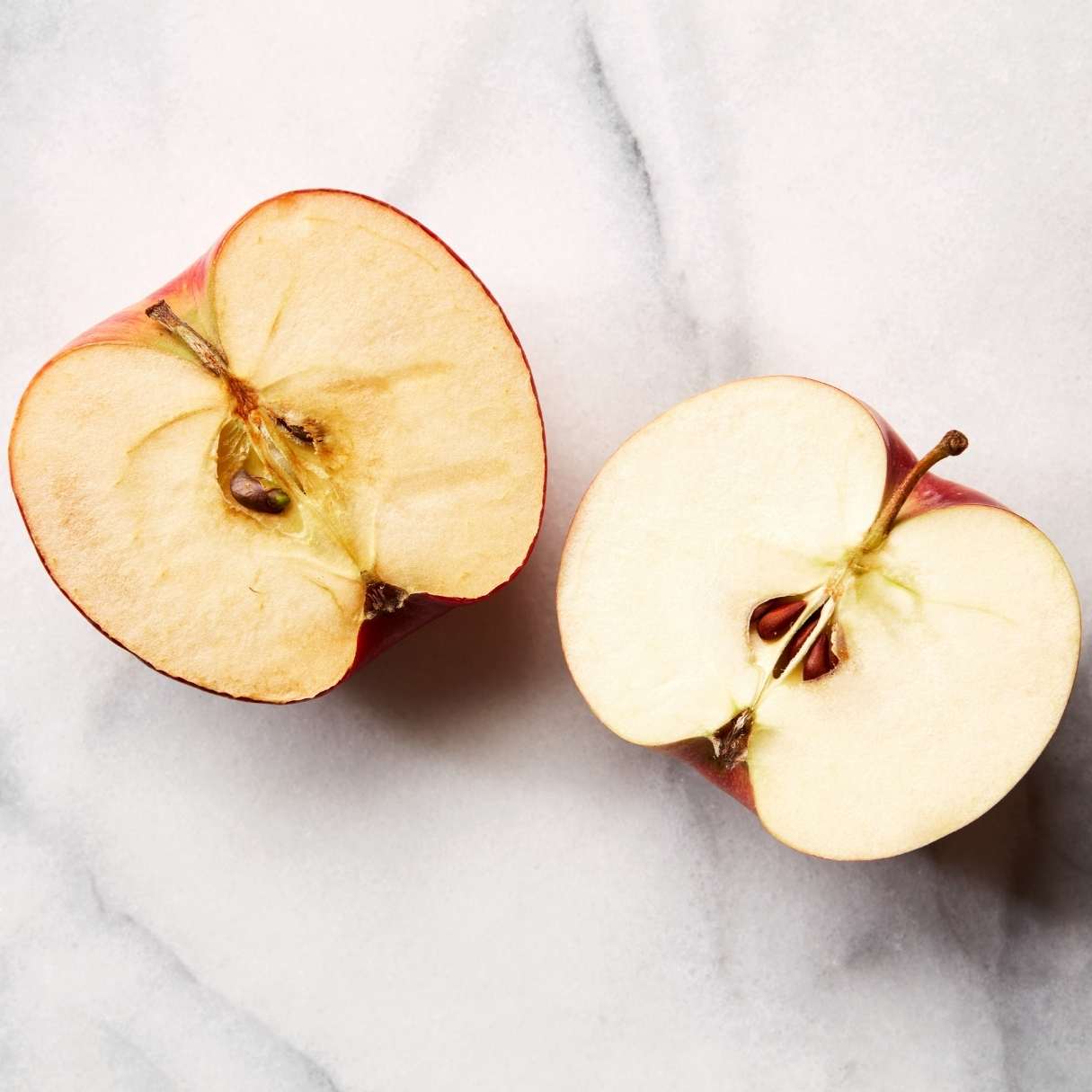
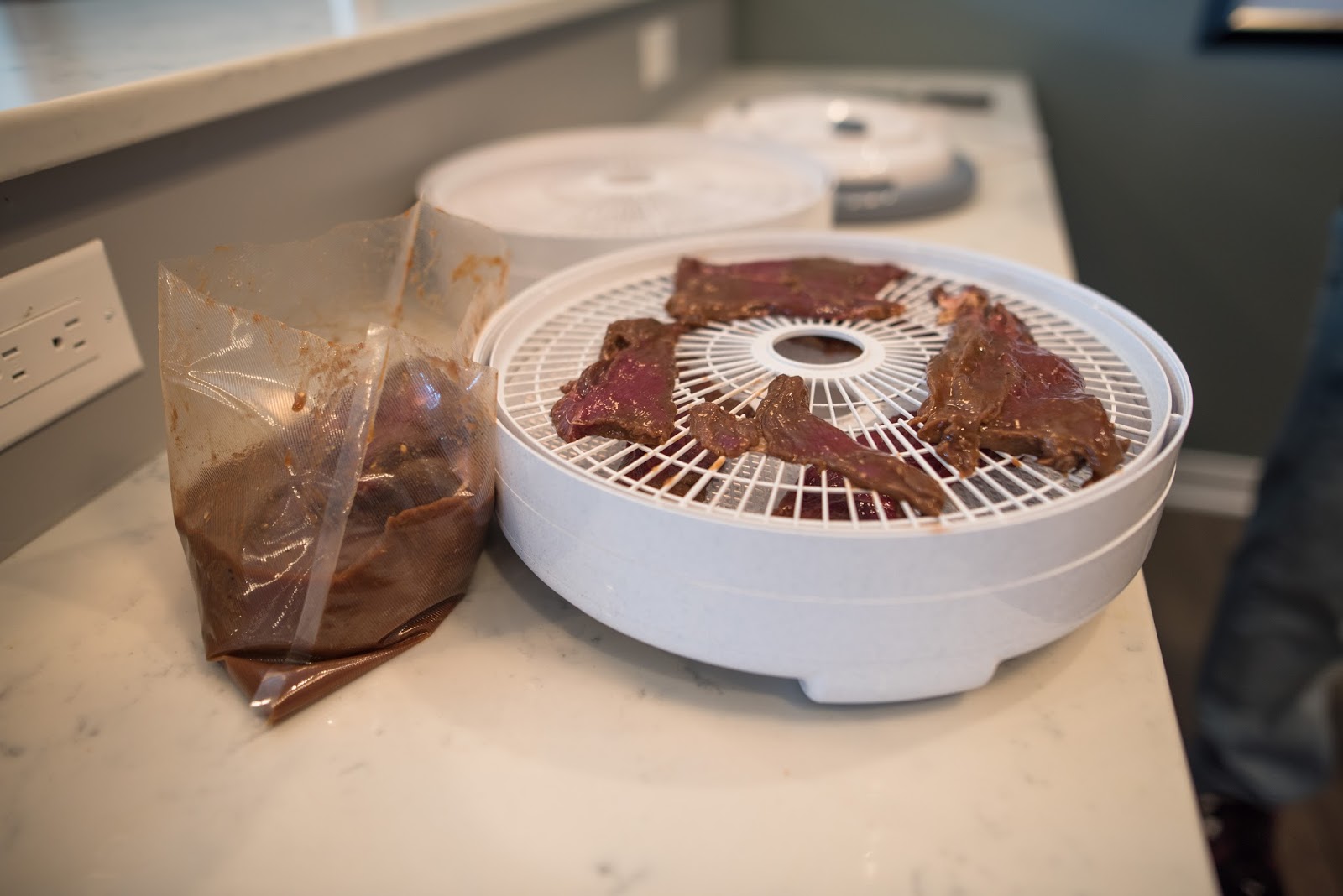
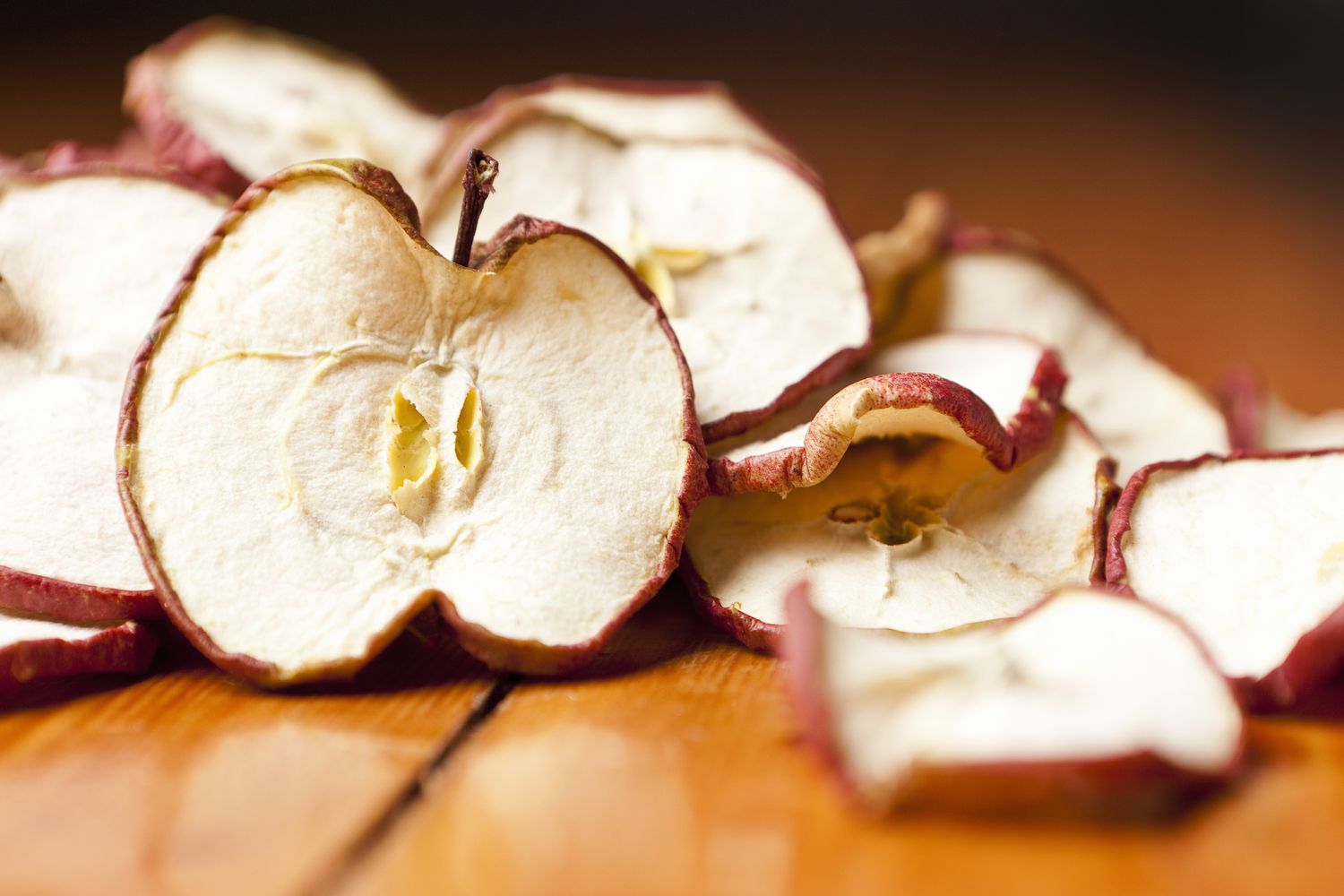
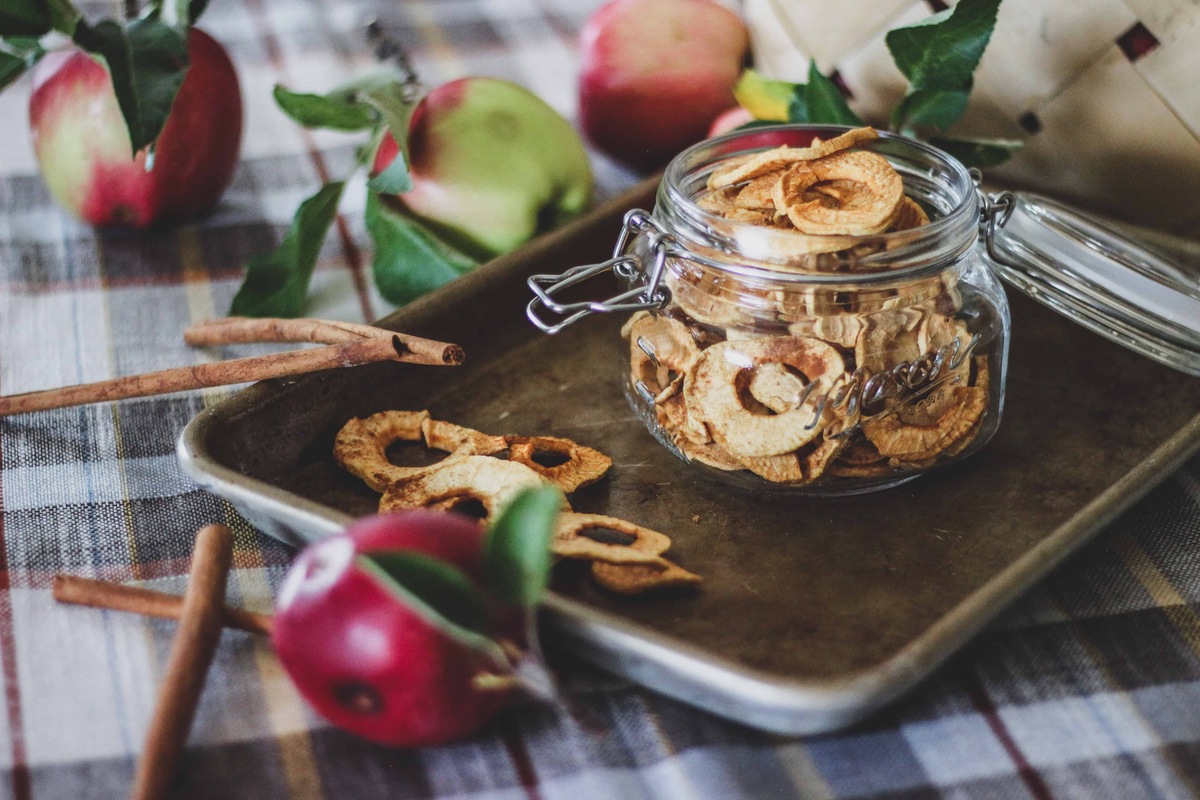

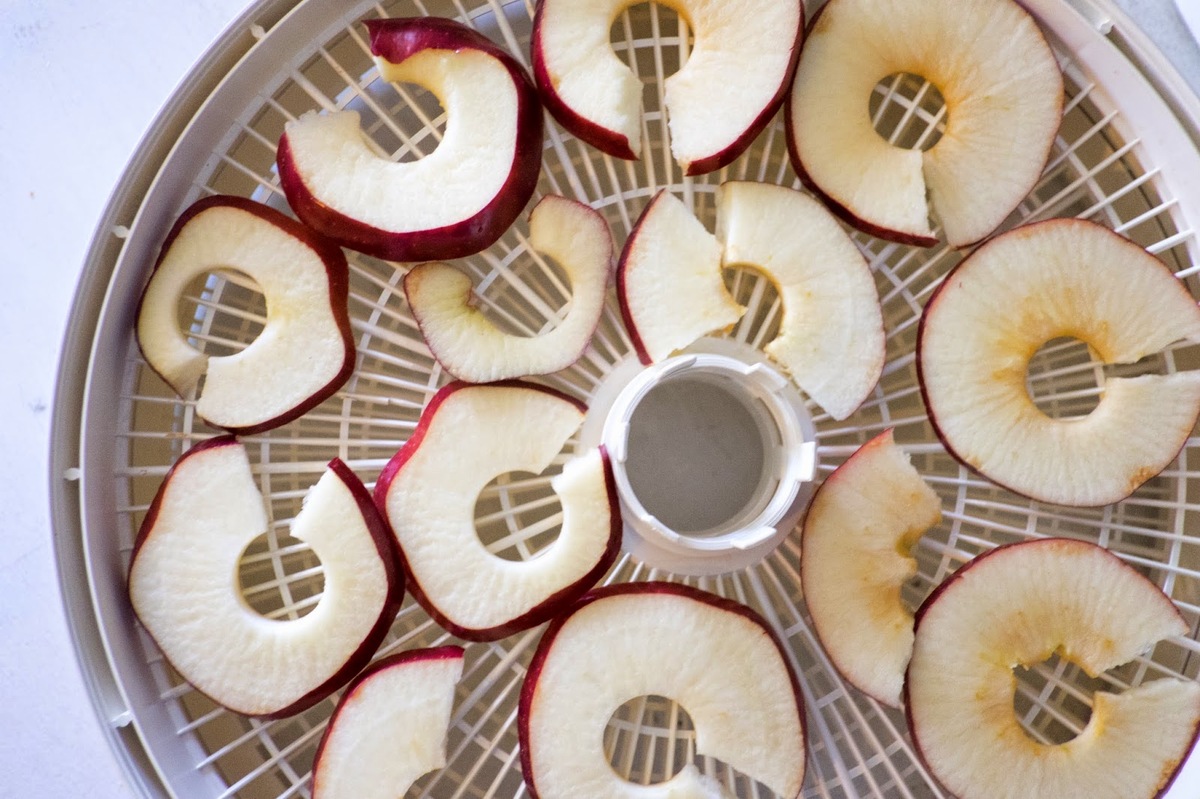
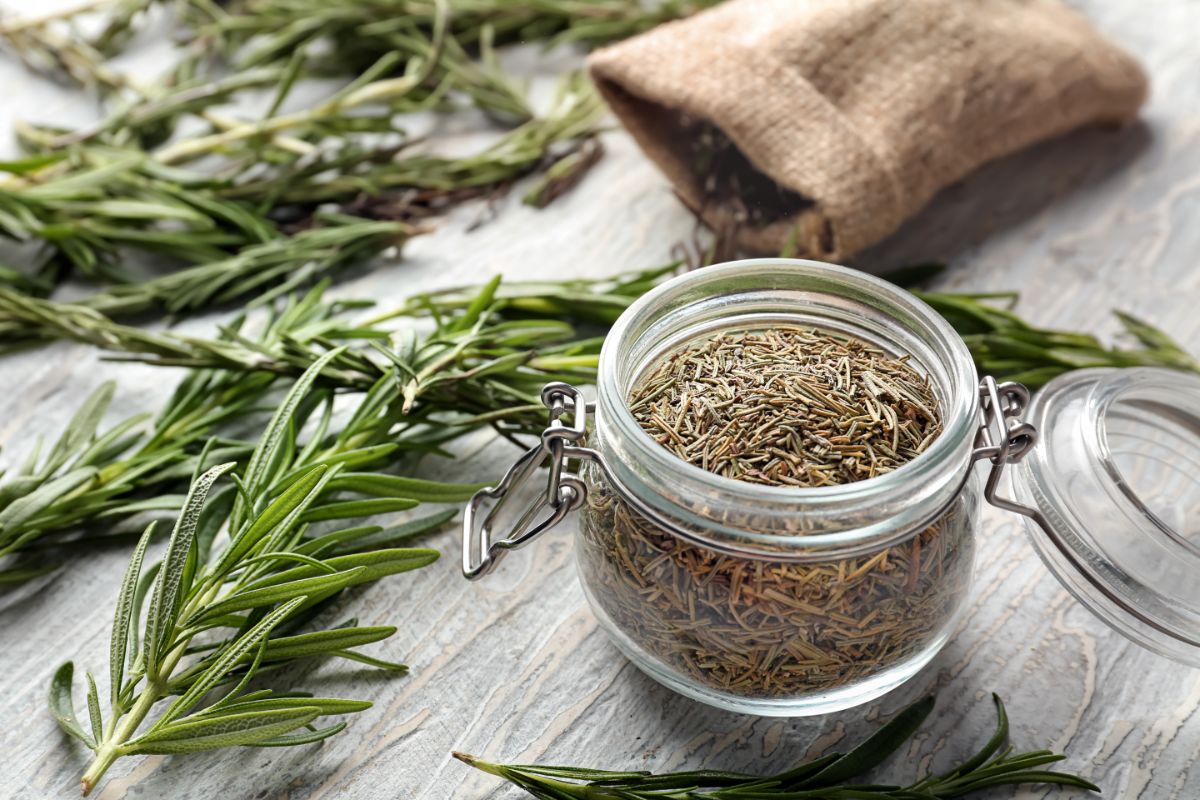

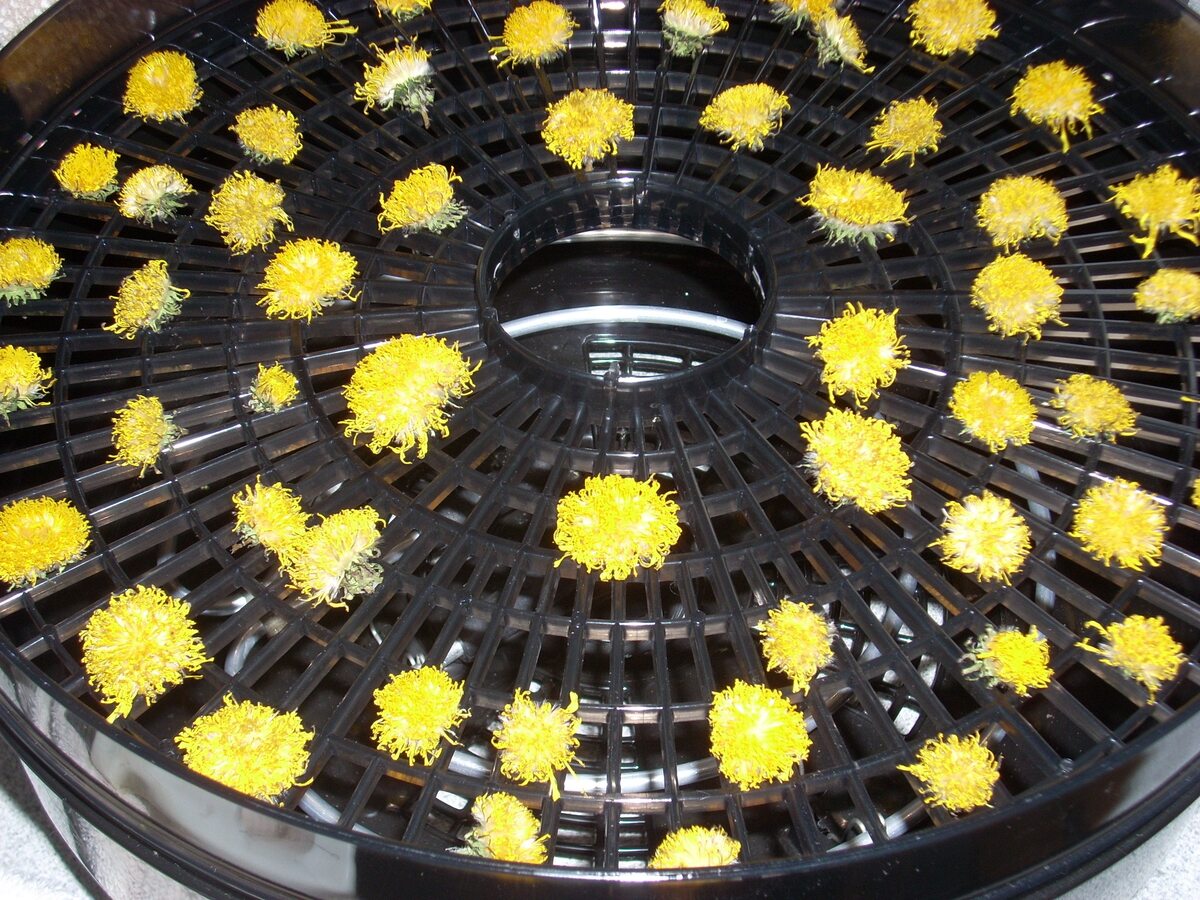
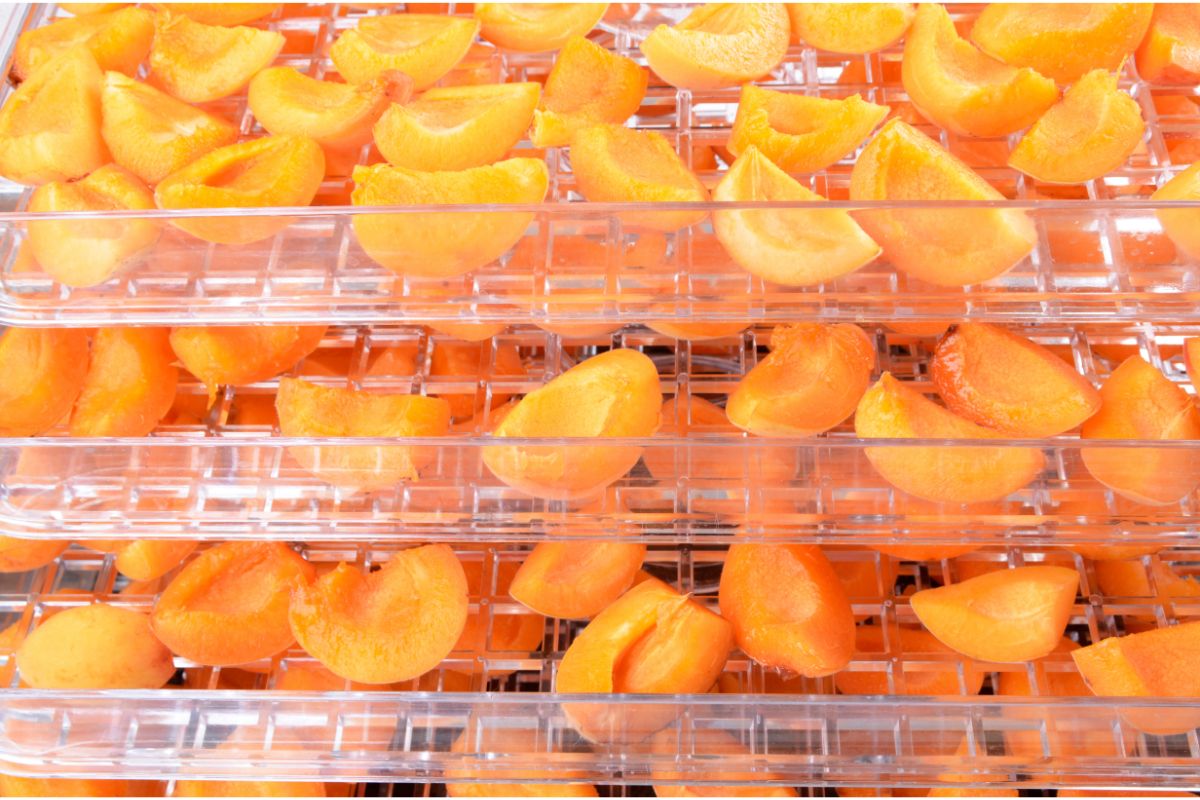
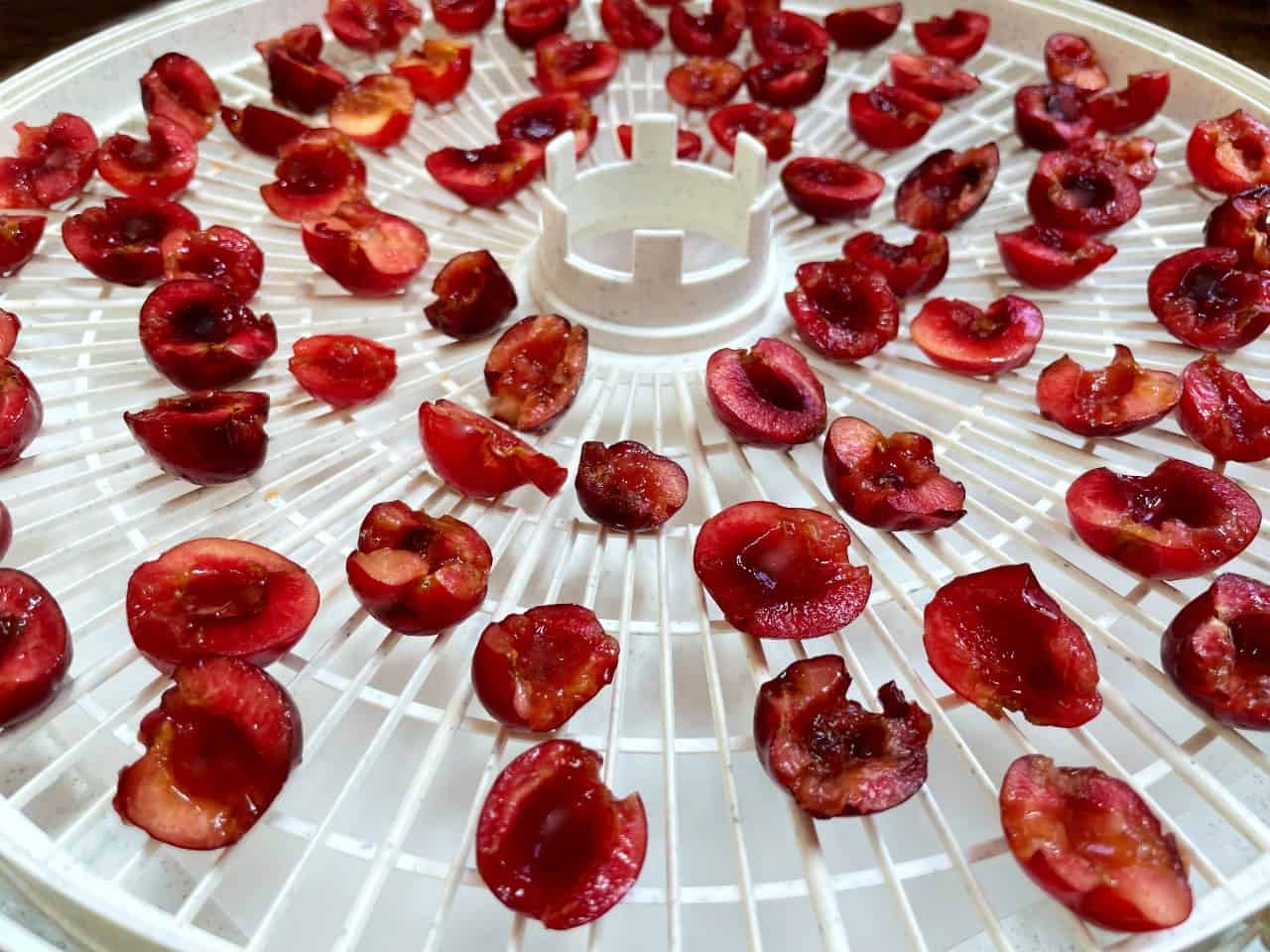
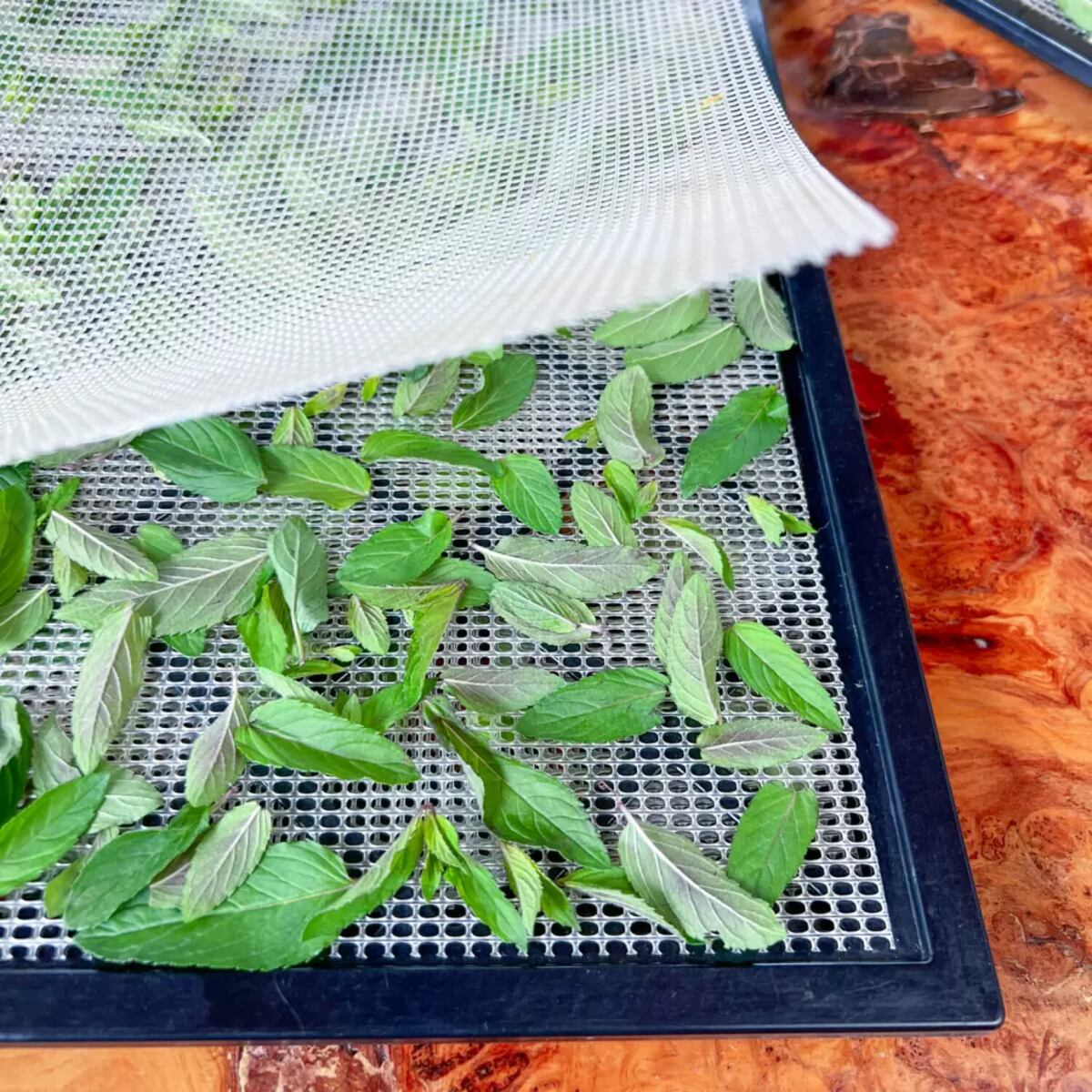
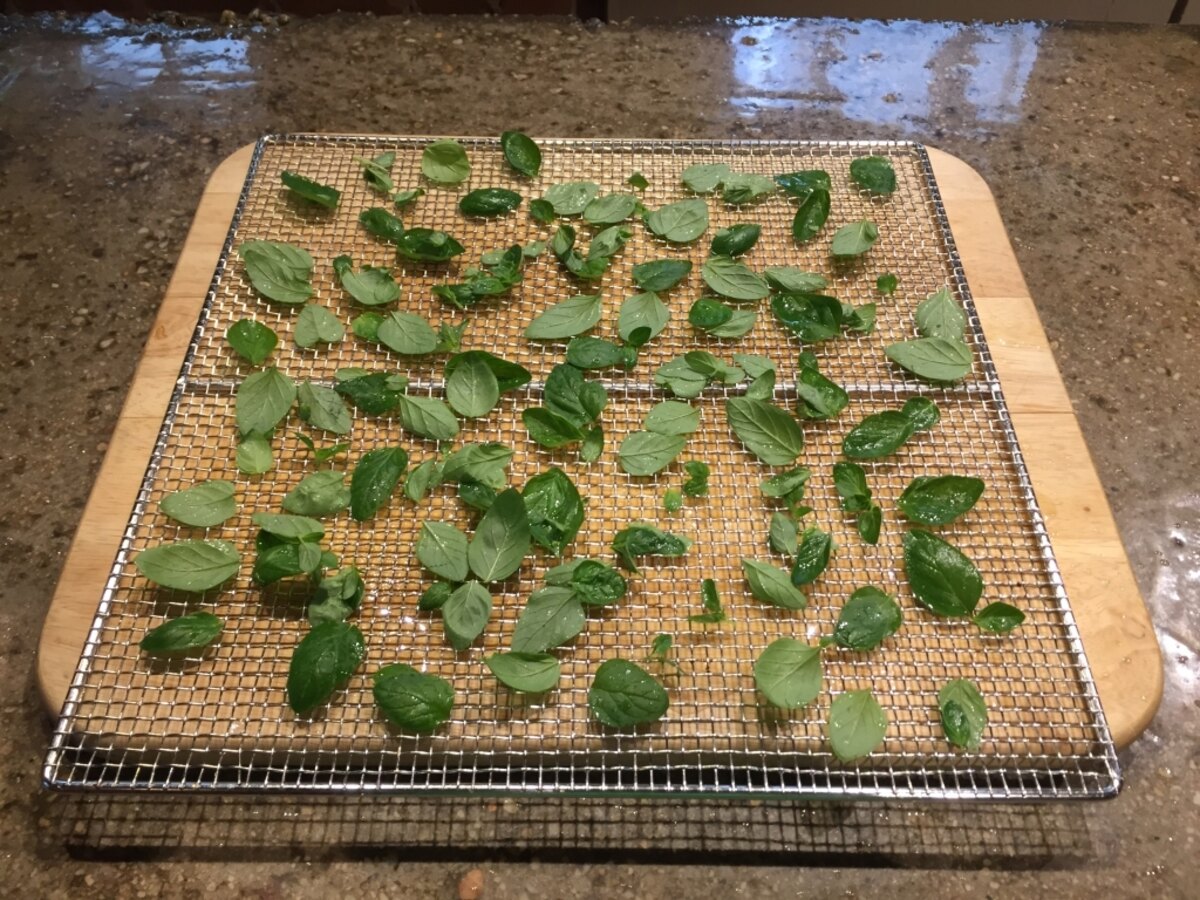
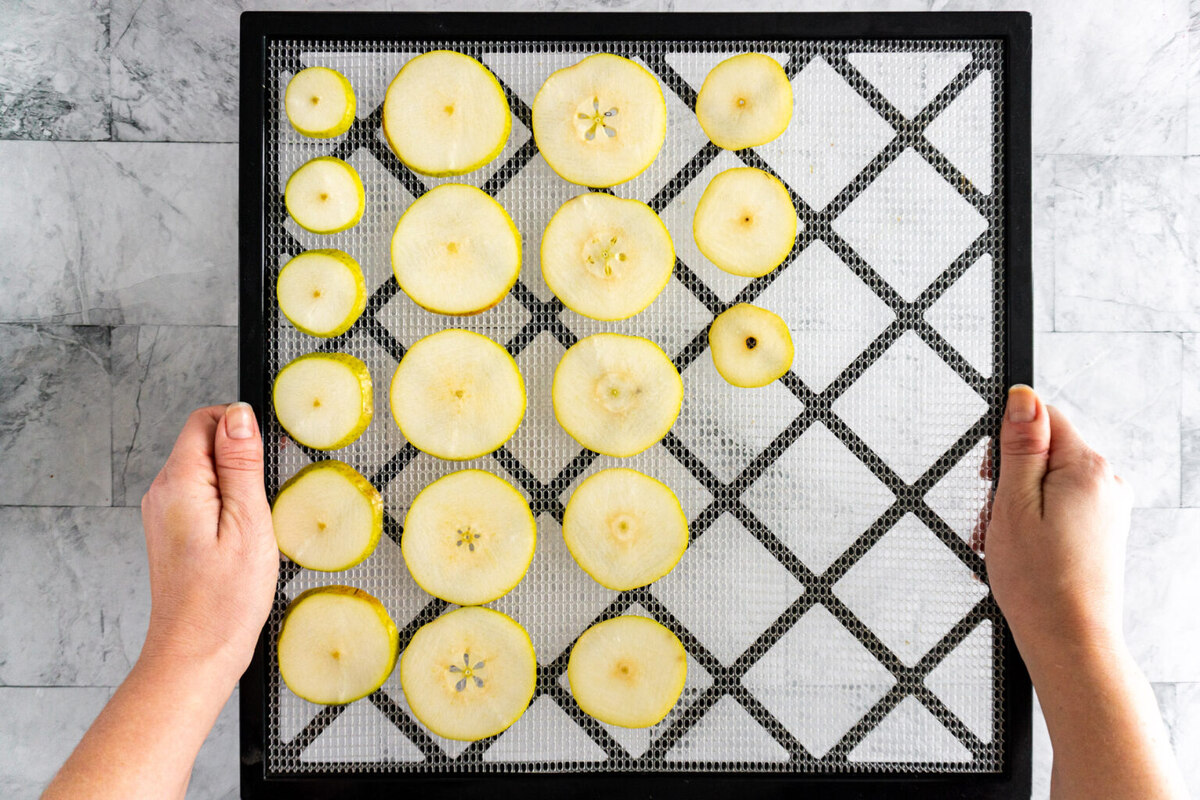

0 thoughts on “How Long To Dry Apple Slices In A Dehydrator”